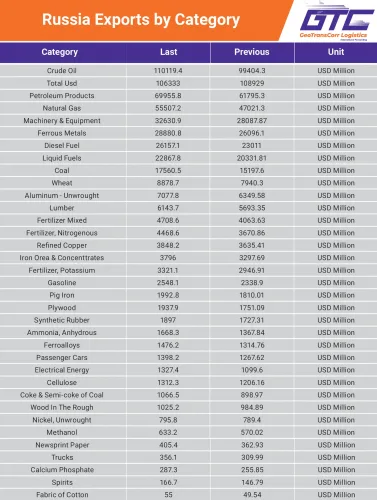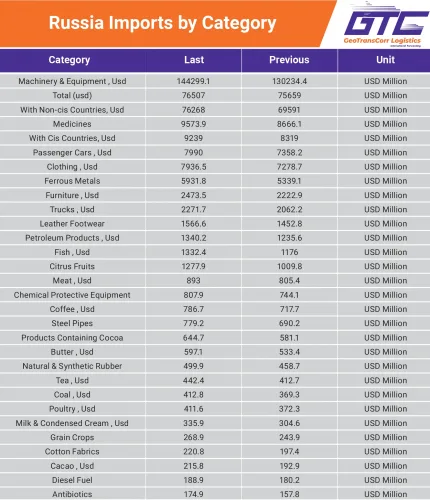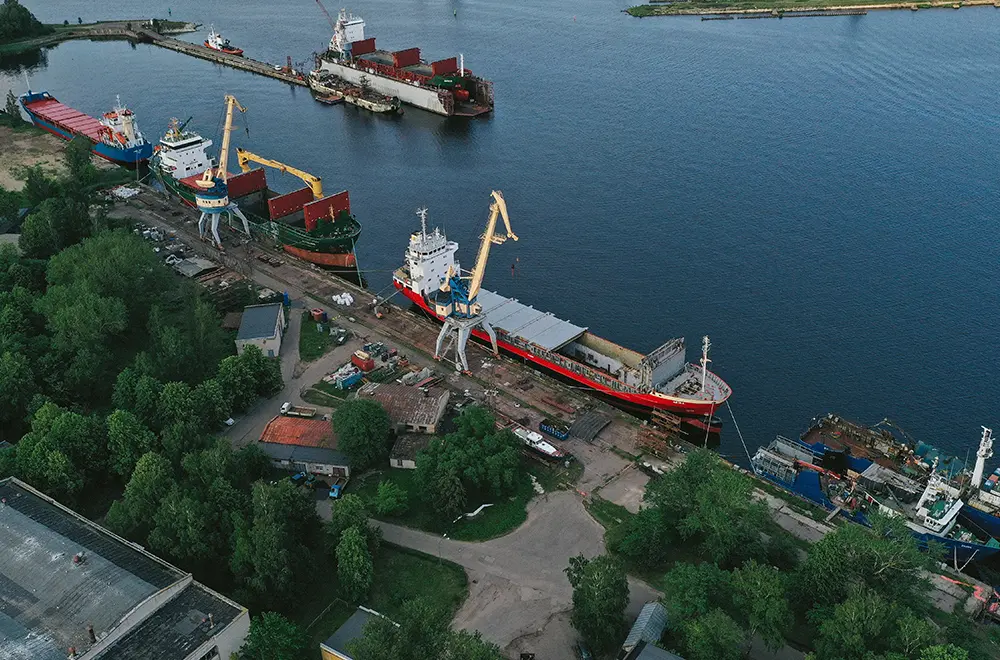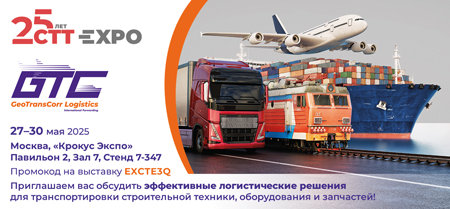In global economics, Russia is an important player with a diverse range of exports and imports. With a significant dependence on commodities like crude petroleum, petroleum gas, and refined petroleum, Russia asserts its dominance in the energy sector, while also importing machinery, equipment, and other essential goods to fuel domestic industries. Understanding the complexities of Russia’s export and import markets illuminates Russia’s economic strengths and underscores its role as a key player in the global trade landscape.
Join us as we explore the web of Russia’s trade dynamics, highlighting its key exports and imports and their significance in the global marketplace. Dive deeper into the article to gain insights into Russia’s economic strengths, and its important role in international trade.
An Overview of the Russia’s Economy
According to Trading Economics, in 2022, Russia became the eighth largest economy in the world in terms of GDP, further strengthening its influence on the world stage. Despite this impressive ranking, Russia’s GDP per capita positioned it at 63rd place, indicating room for growth in individual prosperity. Additionally, the Economic Complexity Index (ECI) placed Russia at the 45th spot, showcasing the complexity of its economic structure.
According to the Central Bank of Russia, in 2023, Russia’s economic outlook saw significant fluctuations in exports and imports. Exports reached 38,423 million dollars in December, a significant increase from 33,594 million dollars in the previous month. This increase contributed to the average annual export value of 24,607.84 million dollars, indicating the flexibility of Russia’s export-oriented sectors. Notably, export performance in December 2023 approached peak levels recorded in December 2021, indicating a potential rebound in global demand for Russian goods.
On the other hand, imports also increased and reached 28,204 million dollars in December, which was more than 24,591 million dollars in November. Despite this increase, the average annual import value remained at 15,136.67 million dollars, indicating continued reliance on imported goods to meet domestic needs.
These trends underscore the dynamic nature of Russia’s trade dynamics and its interconnectedness with global markets.
Top Exports of Russia
Russia’s export landscape is dominated by commodities, with revenues from crude oil, petroleum products, and natural gas playing a pivotal role in fueling the nation’s economy, constituting nearly half of Russia’s federal budget.
The country’s top exports include a wide range of products, with fuels and energy products comprising the majority at 63 percent of total shipments, with crude oil and natural gas being the primary contributors.

Metals, machinery, equipment, chemical products, and foodstuffs also feature prominently in Russia’s export portfolio.
Notable export partners include China, Germany, the Netherlands, Italy, Belarus, Turkey, and Japan.
Crude petroleum, petroleum gas, refined petroleum, coal briquettes, and gold stand out as Russia’s top exports, with significant destinations including China, India, Germany, Turkey, and Italy. These exports underline Russia’s pivotal role in global energy markets and its diverse contributions to international trade.

Top Imports of Russia
Russia’s import data reflects its reliance on a diverse array of goods to meet domestic demand and fuel industrial growth. Machinery, equipment, and transport represent a substantial portion, comprising 45 percent of total imports, followed by chemical products at 19 percent, and foodstuffs and agricultural products at 14.5 percent.
Key import partners such as China, Germany, the United States, and Belarus play significant roles in supplying these essential goods to Russia.
Notable imports include packaged medicaments, broadcasting equipment, cars, computers, and motor vehicles; parts and accessories, which underscore the country’s need for advanced technology and consumer products. With China leading as the primary import partner, followed by Germany, Turkey, Kazakhstan, and South Korea, Russia’s import dynamics are indicative of its strategic trade relationships and integration into global markets.
According to OEC, Russia was the world’s biggest importer of Furskin Apparel, Hydraulic Turbines, Precipitated Copper, and Non-Retail Artificial Staple Fibers Sewing Thread in 2022.

Russia’s Trade Dynamics
The juxtaposition of Russia’s exports and imports underscores its role as a key player in global trade dynamics. The export of natural resources fuels its economy, while imports fulfill diverse consumer and industrial needs. Additionally, geopolitical factors and international relations influence Russia’s trade partnerships and strategic decisions, shaping its trade landscape.
GTC’s Role in Russia’s Shipping Sector
GTC plays a pivotal role as an active company in Russia’s shipping sector, aligning seamlessly with the country’s export and import objectives. With expertise in facilitating international trade, GTC stands ready to assist businesses seeking to engage in exports or imports with Russia. GTC is a reliable partner for those looking to expand their presence in the Russian market, providing appropriate transportation services to meet various business needs effectively.
Conclusion
The Russian economy is directly dependent on its exports and imports. As the 8th largest economy in the world by GDP, Russia’s trade dynamics wield significant influence on regional and international markets. Understanding the differences between Russia’s top exports and imports provides valuable insights into its economic strengths, challenges and opportunities for growth in the coming years.
FAQs
Russia exports a various commodities like oil, gas, metals, machinery, and chemicals.
Russia imports machinery, equipment, vehicles, pharmaceuticals, and agricultural products, among other goods.
Russia’s main trading partners are China, Germany, the Netherlands, Italy, Belarus, Turkey, and Japan.
Russia’s trade plays a significant role in its economy, with exports contributing to revenue and imports supporting domestic industries. Understanding trade dynamics helps to gauge Russia’s economic strength and global influence.






